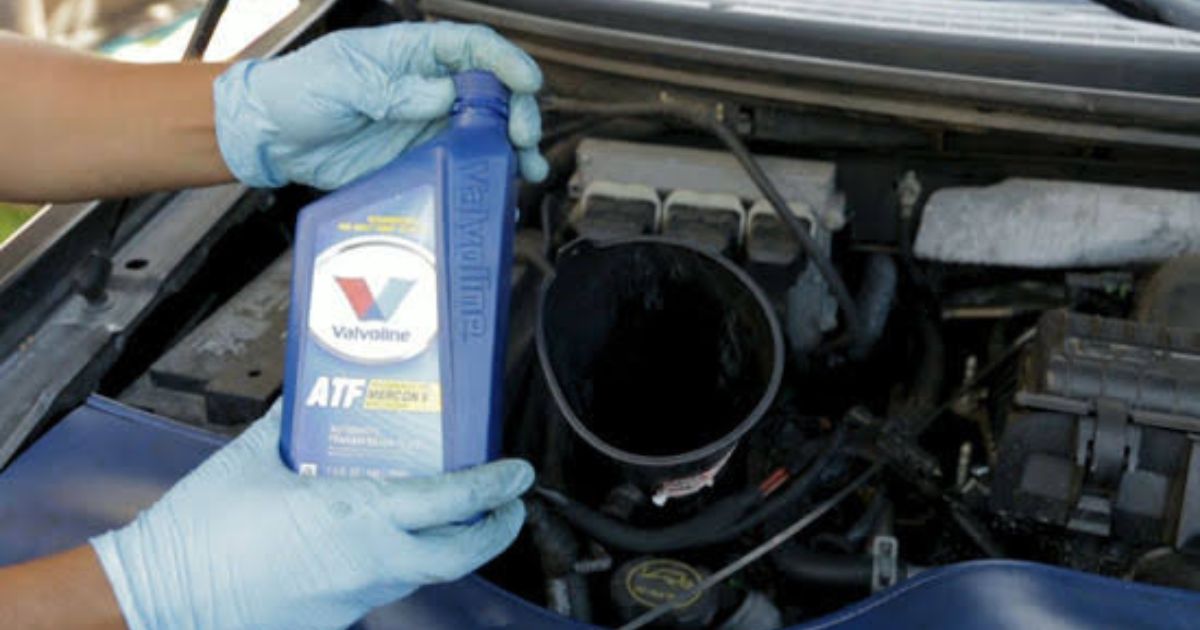Keeping your transmission fluid at the proper level is essential for smooth shifting and overall vehicle performance. Low transmission fluid can lead to overheating, slipping gears, and costly repairs. This guide provides step-by-step instructions on how to safely add transmission fluid to your car.
1. Signs Your Transmission Fluid Is Low
✔ Delayed or rough shifting between gears. ✔ Slipping gears or difficulty accelerating. ✔ Overheating transmission warning light. ✔ Fluid leaks under the vehicle. ✔ Whining or grinding noises while driving. ✔ Burnt smell from the transmission.
2. Tools and Materials Needed
✔ Correct transmission fluid for your vehicle (Check the owner’s manual). ✔ Funnel for easy pouring. ✔ Clean rag or paper towels. ✔ Gloves and safety glasses (optional but recommended). ✔ Transmission dipstick (if applicable).
3. Steps to Add Transmission Fluid
Step 1: Park on a Level Surface and Engage the Parking Brake
✔ Start the engine and let it warm up for a few minutes. ✔ Ensure the car is in Park (P) or Neutral (N).
Step 2: Locate the Transmission Dipstick
✔ Open the hood and find the transmission dipstick (usually labeled “Transmission” or “ATF”). ✔ If your vehicle does not have a dipstick, refer to the owner’s manual for filling instructions.
Step 3: Check the Current Fluid Level
✔ Pull out the dipstick, wipe it clean, then reinsert it fully. ✔ Remove it again and check the fluid level and color. ✔ If the fluid is below the “Add” or “Min” mark, more fluid is needed.
Step 4: Add Transmission Fluid
✔ Place a funnel into the dipstick tube. ✔ Slowly pour small amounts of transmission fluid. ✔ Recheck the dipstick level after each addition. ✔ Repeat until the fluid reaches the correct level.
Step 5: Run the Engine and Cycle Through Gears
✔ Shift through all gears (P, R, N, D) for a few seconds each. ✔ Return to Park and recheck the fluid level. ✔ Add more fluid if necessary, but avoid overfilling.
Step 6: Secure Everything and Test Drive
✔ Ensure the dipstick is properly inserted. ✔ Close the hood and take a short test drive. ✔ Monitor for smooth shifting and any unusual noises.
4. Precautions When Adding Transmission Fluid
✔ Use only the recommended ATF type to prevent damage. ✔ Do not overfill, as excess fluid can cause leaks and pressure buildup. ✔ Check for leaks if fluid levels drop quickly. ✔ Do not mix different transmission fluid brands unless specified. ✔ If transmission problems persist, seek professional inspection.
5. Final Thoughts
Regularly checking and maintaining transmission fluid levels ensures smooth gear shifting and prolongs the life of your transmission. Following these steps will help keep your vehicle performing at its best.
Frequently Asked Questions (FAQs)
How often should I check my transmission fluid?
✔ Every 30,000–60,000 miles or during routine maintenance.
Can I add transmission fluid while the engine is off?
✔ No, the engine should be running and at operating temperature.
What happens if I overfill the transmission?
✔ Overfilling can cause foaming, overheating, and shifting problems.
By following this guide, you can safely add transmission fluid and keep your car running smoothly.
